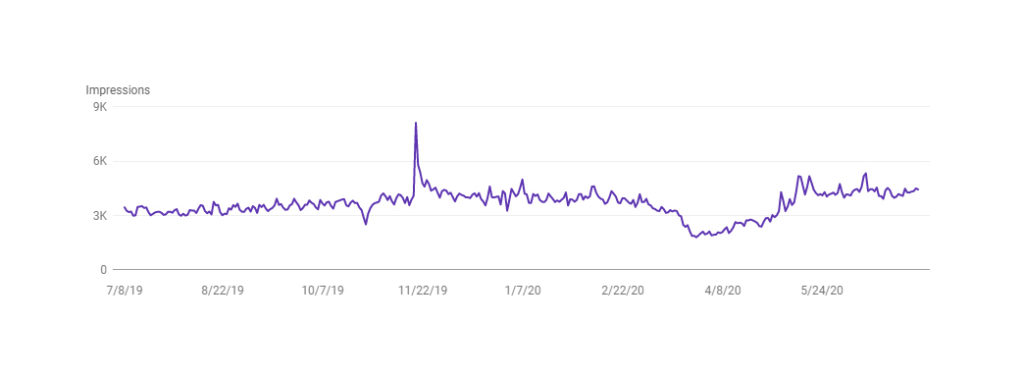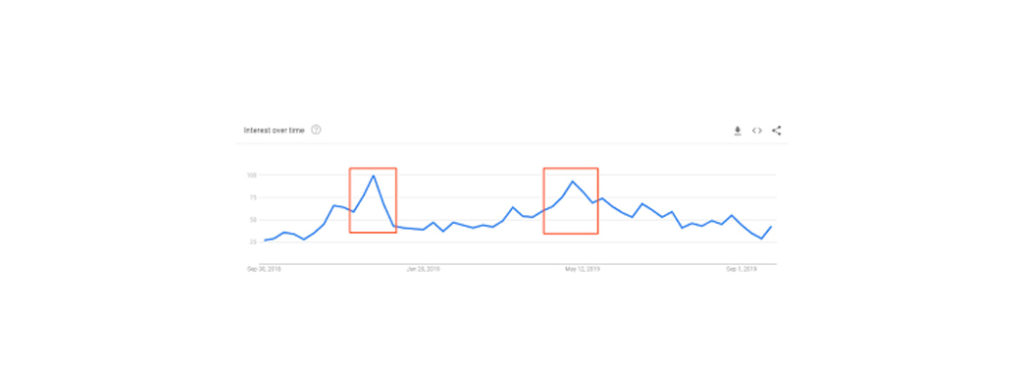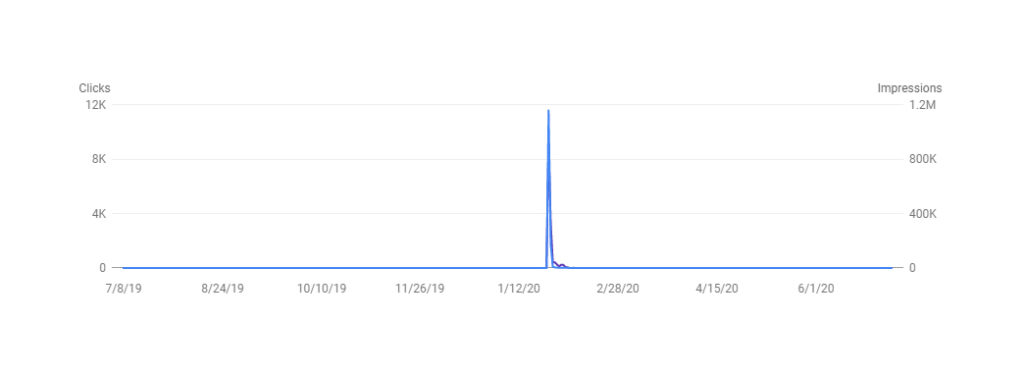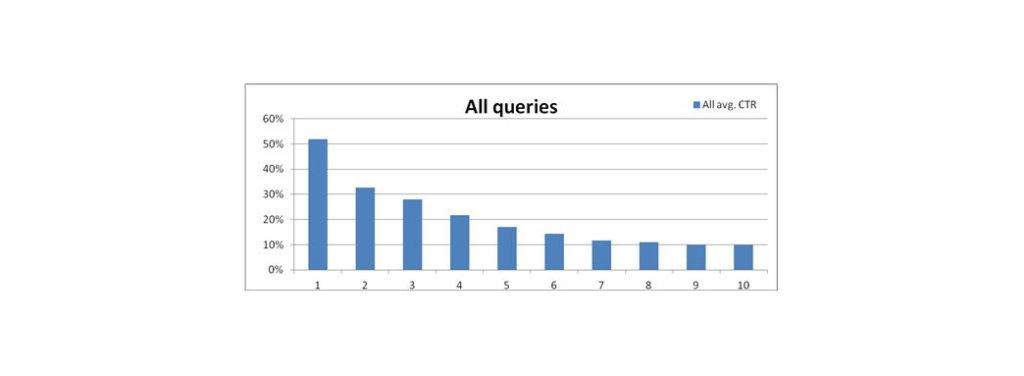How to Refurbish your Existing Blog Content that adds value?
Posted on 19.11.2020 /
A 16 min. read
Don’t just Create, RE-CREATE & Add value for your customers.
The world is a crazy place! So much happens every second everywhere. Yes in your niche too!
Strategizing & creating content that brings ’value’ is not a cakewalk! Sustaining a significant trend is even more difficult.
An ideal content plan includes keeping your content piece alive forever. Why? Read along to know…
Why Refurbish the existing blog content?
Imagine you bet with someone on your favorite Barca vs Juventus records! You google to prove your point but Damn! The result shows nothing latest but a year old info, which you know of course must have changed with time. That’s a major turn off for anyone for google SERP. Admit it, we all love new, fresh & latest information, So does google!
You need to be relevant and latest all the time in order to keep Google happy & impressed
- In 2011, Google announced Freshness as a ranking influencer that was “designed to better understand how to differentiate the level of freshness you need” for each unique query.
- Historical Optimization has proven results. Not just the blog traffic, but if content strategy is placed perfectly it yields business leads too. The case study from Hubspot on How We Tripled Our Leads Using this Rarely-Discussed Blogging Tactic is an example.
Read on to know how to plan and execute content strategy so that you can get the results you are expecting –
Is ‘Content Refurbishing’ & ‘Content Repurposing’ the same?
The answer to this is resounding “No”. These terms seem similar but there is a huge difference between both. Let’s understand what exactly is the difference between these.
- Refurbishing/Revamping Content – It means updating & renewing existing content but keeping the intent the same as the original content. Thus, not changing the target audience of the content.
It majorly includes adding the latest updates on the subject to make it more relevant and updated for the present time.
- Repurposing Content – Is when you do two changes in your content which are mentioned below:
- Changing the content format (Example – a blog to a guide, or a guide to an e-book)
- Changing the target audience for the content (Example – Updating a blog which was originally written for restaurants, is now repurposed for restaurants & hotels both.
How to prioritize content that is “Worth Refurbishing”?
Don’t waste time updating old content that doesn’t need to be updated.
Create your ‘Existing Content Revamp Calendar’ with the following criterion-
i) Prioritize pages with lots of keyword impressions but low rankings
ii) Any content that is not getting a significant amount of your ‘benchmarked traffic’ or the amount of traffic that it initially brought was lower than your expectation.
However, traffic can’t be the sole criteria to take the call to spend time on refurbishing a content piece.
PS: After creating a list of all your “dead” blogs, you need to manually take a call with each blog type.
The blogs on your website can be majorly divided into 3 types –
1. Evergreen Content
Any content that creates an average sustained demand across year i.e. the one that excites your audience at each point of time in a year can be considered as an Evergreen content.
Your Google Search Console or Google Analytics will show a trend as depicted in the below trend graph (in an ideal scenario) for your evergreen content.

- Revamping an Evergreen Content
Evergreen content needs a constant update. Since your content is relevant throughout the year, you need to keep a close eye on –
- The latest developments on that topic – ensure that the content covers all the latest information as soon as possible.
- Update the “last updated date” or “last modified date” of your content piece every time you make any changes to your content so that Google could easily check the freshness of the content (as is suggested in the Google Freshness Update in 2017)
2. Seasonal Content
The content that you create for a particular period of time or season & the season repeats periodically (every year/month).
For Example –
For a website that publishes sports-related content, a particular “Summer league” can be a seasonal content, as it gets a surge in demand during the summer league season every year.
Your Google search console or Google Analytics will show you the trend very similar to the one presented below (in an ideal scenario) for your evergreen content.

- Revamping a Seasonal Content
The seasonal content needs to be updated as the new season approaches every time. To make the same content relevant to the same audience on another time frame requires –
- SEO Optimized Content with the new season updates
- Following & writing continuously about the season well in advance
- Pushing the content to your different audiences on social platforms to create a buzz around the topic of your niche.
3. Event / News Content
News & Updates are generally a different section altogether, but if you cover news & updates in your blogs as well, the approach needs to be different from the former two content patterns (Evergreen & Seasonal).
The ideal news traffic curve looks like:

- Revamping a Seasonal Content
Reworking on the same article is not required.
The ideal approach to hold good coverage on a news topic is creating a theme around a newsmaker & connecting various news articles written on different time frames to create a hub and spoke model. Where your newsmakers’ page acts like a hub & all articles are the spokes.
PS: Following this model gives your readers a decent understanding of the timeline or a series of events & thus keeps your content updated & your readers engaged.
How to Refurbish an Existing Blog Content?
Refurbishing is no easier than creating new content
Entire content revamp process can be divided into 3 steps –
1. Keyword Research –
- List down your ‘Target Keywords’ for the blog – The keywords you aim your blog to perform on.

*Make sure the keywords don’t have a transactional intent or in other words the SERP or your target keywords have blog content ranking at least in the top 10.
- List down all your keywords where your content performs currently – Look into your search console to get a list of all keywords you are performing on. Strengthen the context around those keywords in your content as these are the low hanging opportunities you should be taking advantage from.
- Find out the secondary keywords to target –
- Competitor’s top-performing content or the top 5 results on your target keywords can help you find the secondary keywords. Simply add those URLs in any competitive analysis tool to discover the list of all the keywords those blogs are ranking on.
- keyword research tools like – keyword planner can be used to find out the potential lower competitive keywords with good potential search demand.
2. Content Enhancement
- Update Content –
- Remove content that is no longer relevant and update it with a fresh one.
- Update screenshots if things have changed (if relevant)
- Add Additional content –
- Maintain a decent keyword density in your content Maintain a decent keyword density in your content through a focused content strategy.
- Add relevant FAQs around your subject that may interest your readers.
- Refer “people also ask” section of google SERP
- Add the popular questions asked by the audience on Q/A or social platforms like Quora
- Type in your keyword in the google search bar & you would find an auto-suggestion section. Those queries have a good amount of searches coming in. Try adding all those in your content (if they align your business/niche).
- Optimize for featured snippets –
Use structured format while writing, since updating your content makes your content lengthier, add your information in a structured list using <li> tag, tabular structure like <tr> & <td> tags along with a suitable table heading.
- Maintain <H1>, <H2> hierarchy in the blog –
Use your target keywords list in <H> tags
3. On-Page SEO Elements
- Update Meta Title & Description – Mention recent year in the Metas or incorporate terms like “[Updated]” in the Meta Title.
- Add alt texts to newly added images.
- Add internal links to your service/product pages.
- Link all your related blogs in which your readers may be interested in.
- Add external links to trusted sources online.
- DO NOT change the URL (Unless you have to) – It’s best to keep your URLs generic & not use years or numbers.
- Remove broken links
- Add schema markups like – FAQs schema, How to Schema, any other schema as per your niche.
- Insert videos or infographics.
- Keep your images/infographics mobile friendly
Republish the content & mark the dates to compare the performance before & after updating the content piece.
Don’t forget to share the updated articles on your social channels or send them through newsletters so that your audience knows about it
4. Correct Typos And Improve Readability
Nobody likes to read a blog with incorrect spellings and grammar. The first thing you need to do when you want to republish old articles is to fix all the spelling and grammatical mistakes. You don’t even need to find the errors manually; proofreading tools like Grammarly can help you with that.
Another important aspect of your blog is its readability. If your blog is hard to read, your readers will definitely close the page and move on. Harsh, isn’t it? Well, there are a few top content practices which can increase your blog’s readability. They are:
- Writing short, concise sentences. This includes removing filler words.
- Writing shorter paragraphs.
- Wherever possible, creating lists instead of paragraphs.
- Avoiding writing in a passive voice.
- Using heading and subheadings
5. Focus on Links
An important thing to focus on while reviving old blog posts is backlinks. Apart from boosting SEO, links help to increase your credibility and also assist you with ranking well on a search engine results page. There are two ways to go about it:
1. Your old articles might have a few broken links. If your readers click on these, they will land on a 404-error page. It goes without saying that this leaves a bad impression. While revisiting an old post, go through all the links mentioned in it and remove, or redirect any broken links.
2. Interlinking is a fantastic tactic that helps boost your overall website traffic rankings. As you know, interlinking is when you place links to other relevant blog posts/ landing pages on your own site. This not only keeps the readers engaged on your site but also improves SEO. When you are trying to feature your website into the list of high traffic blogs, don’t forget to add new interlinks to your existing content.
6. If Required, Change The Format
With the fast-paced world we are living in, your old post might not be up to date with the current trends and formats. To give it the best SEO update, you might have to fix or change its layout to bring it in sync with the current SEO practices. This might include changing the title to include a high-ranking keyword, using H2s and H3s wherever possible, and adding an index or numbered list at the beginning of the blog.
7. Add And Optimise New Images And Videos
Through our narrative blogs, we bring good things to life! In a way, we are storytellers that leave readers inspired. It makes sense then to not just work on the words but also the visuals. High traffic blogs always have good quality images and videos. While revisiting your old blog posts, do try to incorporate high quality visuals because they not only increase user time on your page and provide an appealing break in between text but also encourage sharing of your blog on social media.
Your blog images also need to have SEO friendly file names and appropriate Alt Texts to boost your blog ranking.
8. Republish Your Old Post With A New Date
One of the quickest and easiest ways to give your blog the best SEO update is to change its date and republish it! The more recent your blog is, the more traffic it will attract. Simple! According to a study conducted by SearchPilot , there was a 5% increase in organic traffic for a blog post that included the date as opposed to one without.
9. Reindex Your Blog Post With Google
Updating and republishing old content is the best way to save time while getting your content to rank well. But every time you update a post, you also need to let Google know it. Assuming that your site is already set up in the Google Search Console, all you need to do is paste the URL of your blog post in the URL Inspection tool and request indexing. This will let your readers find your updated post as soon as possible.
10. Add a FAQ Section
Adding a FAQ section is a fantastic opportunity to incorporate user-generated content in the most organic way possible. All you need to do is go through the queries, feedback and concerns raised by your target audience and try to resolve them through the SEO optimised FAQ section. Another add-on that you can provide for the benefit of your readers is to create a helpful resources list. Just jot down all the useful tools and resources that’ll help your audience and post them at the end of your new and old blog posts. This not only makes you look like an industry leader but also saves your readers’ time and thus, increases blog loyalty.
Done with planning and executing the content revamping exercise? The process does not end here. You need to measure the impact of what you did in order to analyze & take credit for success.
Refurbished Content Performance Measurement
Different people have different definitions of ‘Performance’. But when it comes to content performance KPIs, some of the most important metrics to measure performance irrespective of niche are:
1. Search Console Metrics –
- Impressions – As you update & add new content in an existing blog content repurposing will bring added impressions. Keep a track of –
- Keywords where you were already performing, to measure the gain or loss.
- Keywords where you have started appearing after updating your content as these are the opportunities to expand in the future.
- Clicks – As the “High impression, & low CTR” was the criteria you picked & applied to improve your clicks, the number of clicks should increase, especially where you rank is between 1-10 in the SERP
- CTR – The number of clicks you receive should be in sync with impressions, so as the impressions go up the CTR is also expected to go up. However, there are a few things to keep in mind while reading CTR.
- The CTR is dependent on your position on the SERP, so don’t expect for a great CTR on the keywords you have recently started gaining impressions or where the SERP position is low.
Here is a graphical representation of how CTR behaves in various positions of the SERP.

2. Position / Keywords Ranking –
As the blog coverage keeps on changing with time as you keep updating, it would not be logical to measure the ranking on the same keywords. It is recommended to study the position trend before & after the update.
3. Links –
Keeping a record of the number of people linking to your content as it is one of the most sought after popularity signals, as it shows that people on the internet community are naturally loving your content. Also, links are one of Google’s top three ranking factors.
4. Organic Conversion Rate –
You need to have your definition for “conversion” ready. As you add CTAs in between the blog – be it sales lead, email sign-ups, or even your average time spent on-page. As long as you are tracking goals in Google Analytics, you can measure all these before & after the content optimization.
How Often Should You Update Old Blog Posts
Although there are sites out there that will tell you that you should refurbish your old blog posts once every three months, we at Unyscape understand that investing tremendous amounts of energy and time in such a herculean task is no easy feat! Thus, we would recommend updating your old articles at least once a year. And whenever you do it, ensure you follow all the SEO best practices.

